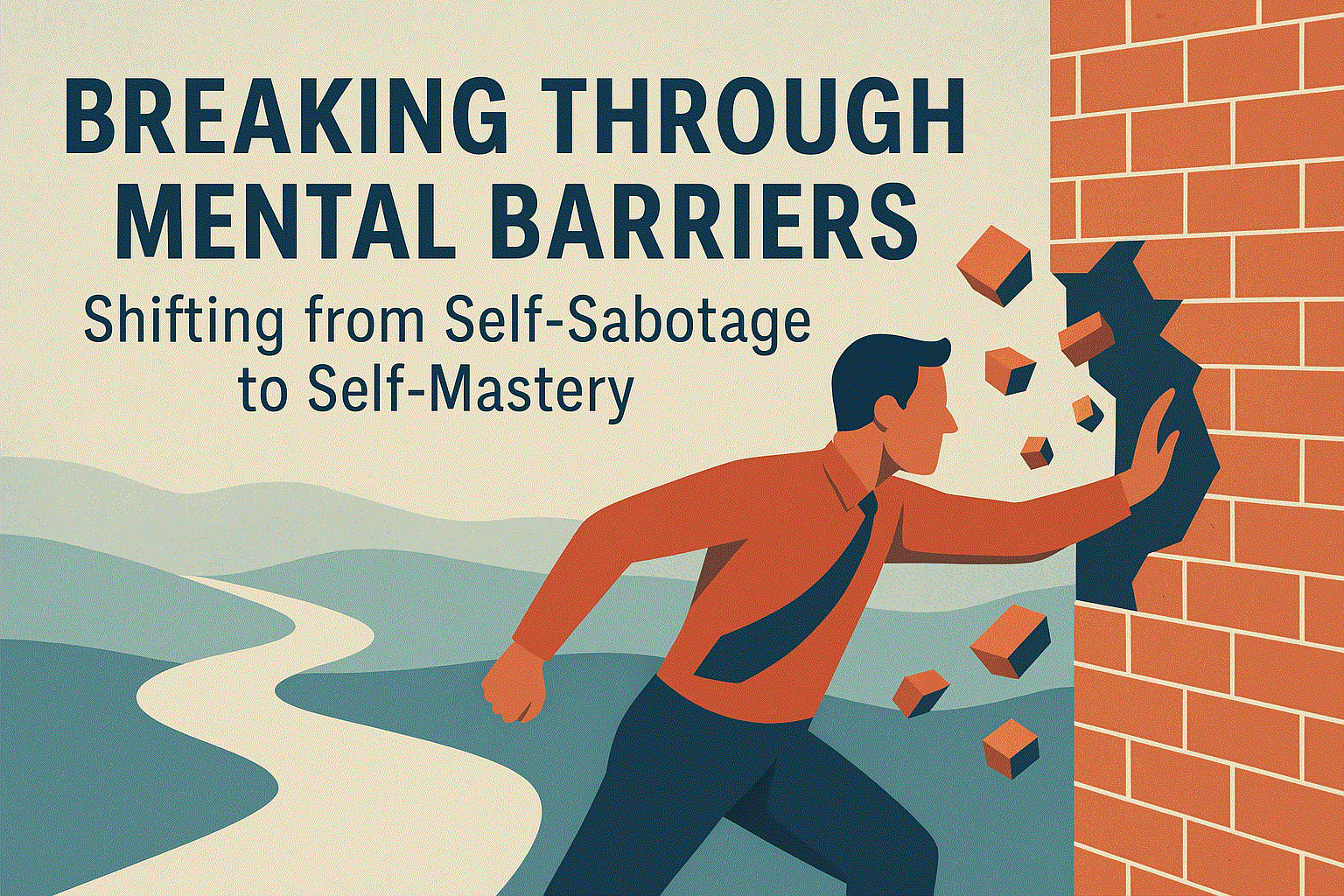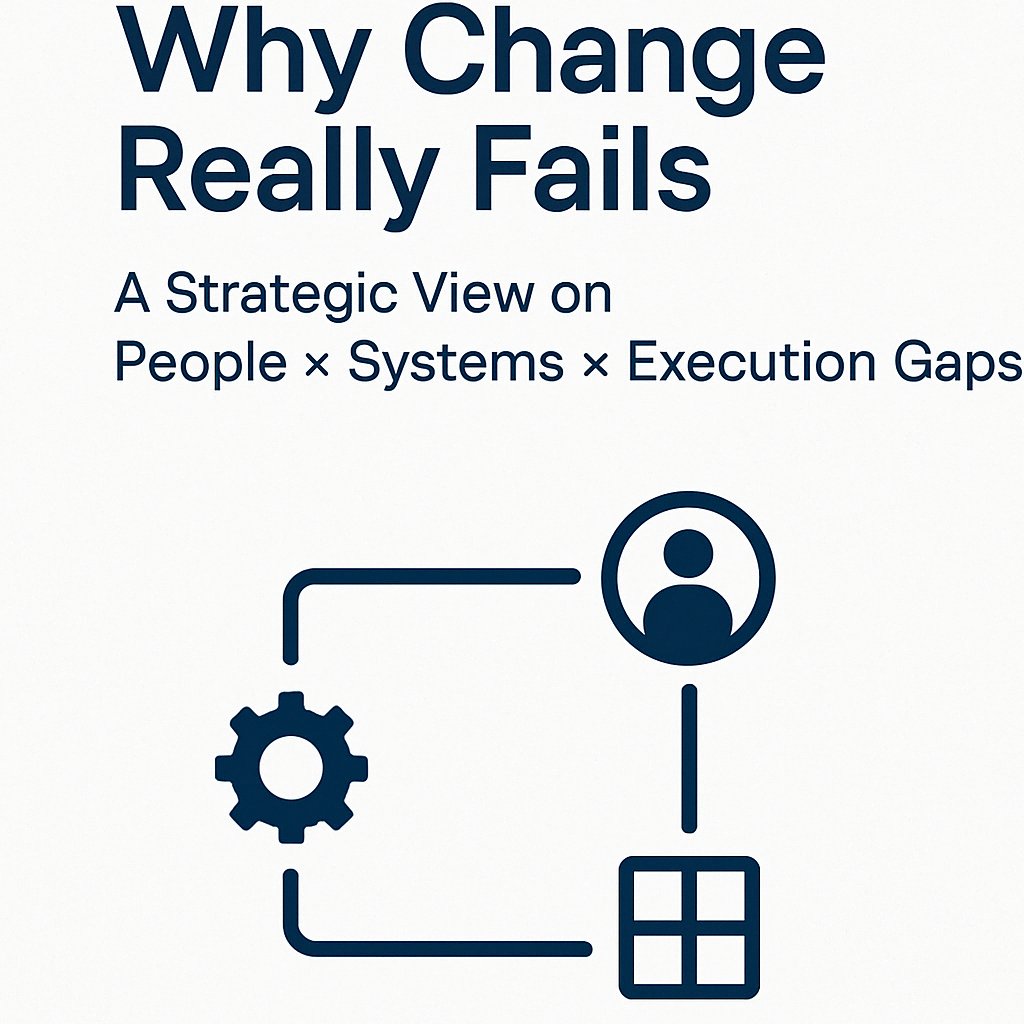Feb21

Immersive technology—encompassing augmented reality (AR), virtual reality (VR), and extended reality (XR)—is transforming industries worldwide. But while much of the spotlight has been on tech hubs like the U.S. and Europe, emerging markets are rapidly becoming the true epicenter of immersive innovation.
From Latin America to Southeast Asia and Africa, these regions are leveraging immersive tech to solve unique challenges, create new economic opportunities, and reshape industries in ways that more developed markets might not have anticipated. Here’s why emerging markets are leading the immersive revolution in 2025:
Unlike many Western markets, where desktop and console-based ecosystems dominated for years, emerging markets have skipped traditional computing and gone straight to mobile. With affordable smartphones becoming increasingly powerful, AR adoption is surging—especially in retail, education, and entertainment.
Case in Point: In India, e-commerce giants like Flipkart are integrating AR-powered "try-before-you-buy" experiences, allowing millions of users to preview products without needing high-end devices.
In Africa, fintech startups are using AR overlays to enhance financial literacy, helping unbanked populations understand banking concepts in a more intuitive way.
Why it matters: Emerging markets are embracing immersive tech as a practical solution rather than just an entertainment novelty, leading to faster, more widespread adoption.
Many governments in emerging markets are investing heavily in smart city infrastructure, with immersive technology at the core of urban planning, public services, and workforce development. The rollout of affordable 5G networks is further enabling seamless, high-quality immersive experiences.
Case in Point: In Brazil, São Paulo’s government is using VR simulations for urban planning, allowing officials and citizens to visualize infrastructure projects before they’re built.
Meanwhile, in Southeast Asia, countries like Indonesia and the Philippines are using AR-powered navigation systems in megacities, reducing congestion and improving transportation efficiency.
Why it matters: Faster connectivity + urban expansion = a perfect environment for immersive tech to thrive in public and private sectors.
Workforce development is a major priority for emerging economies, and immersive tech is filling the gap where traditional training falls short. VR-based training is rapidly becoming the go-to solution for industries that require hands-on experience but lack physical infrastructure.
Case in Point: In Mexico, manufacturing companies are using VR to train factory workers, improving efficiency and reducing on-the-job errors.
In Africa, startups are deploying VR-based learning hubs to train healthcare workers, ensuring they get realistic, high-impact training without the need for expensive equipment.
Why it matters: With a younger, growing workforce, these markets are leveraging VR to accelerate skill development and job readiness at an unprecedented scale.
The metaverse isn’t just a Silicon Valley experiment—it’s a real economic driver in emerging markets. Digital commerce, from virtual fashion to NFT-backed real estate, is opening up new revenue streams for creators, entrepreneurs, and businesses.
Case in Point: In Nigeria, digital artists are leveraging blockchain-powered VR marketplaces to sell their art globally, bypassing traditional gatekeepers.
In the Middle East, fashion brands are launching metaverse storefronts, allowing customers to explore and buy virtual outfits for their avatars before purchasing physical versions.
Why it matters: Emerging markets aren’t just adopting immersive commerce—they’re redefining it, proving that the digital economy is borderless.
A key advantage of emerging markets is their ability to innovate cost-effectively. While developed nations often invest billions into R&D, startups in Latin America, Africa, and Asia are finding lean, scalable ways to deploy immersive technology.
Case in Point: In Bangladesh, small startups are using low-cost VR headsets to provide virtual tourism experiences, making travel more accessible to the masses.
Meanwhile, in Vietnam, architects are designing buildings using affordable XR tools, reducing project costs while improving accuracy.
Why it matters: The ability to create high-impact immersive experiences without massive budgets makes emerging markets hotbeds of innovation.
The next wave of immersive tech leadership won’t come solely from Silicon Valley—it’s already happening in cities like São Paulo, Mumbai, Lagos, and Jakarta. These regions are not only adopting immersive technology at scale but also reshaping how it’s used to solve real-world challenges.
For brands, investors, and tech leaders, the message is clear: If you’re not looking at emerging markets for immersive innovation, you’re missing out on the future.
Are you ready to explore the opportunities in immersive tech across emerging markets? Let’s discuss how to make it happen.
#ImmersiveTech #EmergingMarkets #AR #VR #Metaverse #DigitalTransformation
By Andres Leon
Keywords: AR/VR, Innovation, Metaverse
 Friday’s Change Reflection Quote - Leadership of Change -Leaders Enable Peaceful Dispute Resolution
Friday’s Change Reflection Quote - Leadership of Change -Leaders Enable Peaceful Dispute Resolution The Corix Partners Friday Reading List - April 18, 2025
The Corix Partners Friday Reading List - April 18, 2025 Breaking Through Mental Barriers: Shifting from Self-Sabotage to Self-Mastery
Breaking Through Mental Barriers: Shifting from Self-Sabotage to Self-Mastery Why Change Really Fails: A Strategic View on People × Systems × Execution Gaps
Why Change Really Fails: A Strategic View on People × Systems × Execution Gaps Beyond the Buzz: What It Really Takes to Build a Business Ecosystem
Beyond the Buzz: What It Really Takes to Build a Business Ecosystem